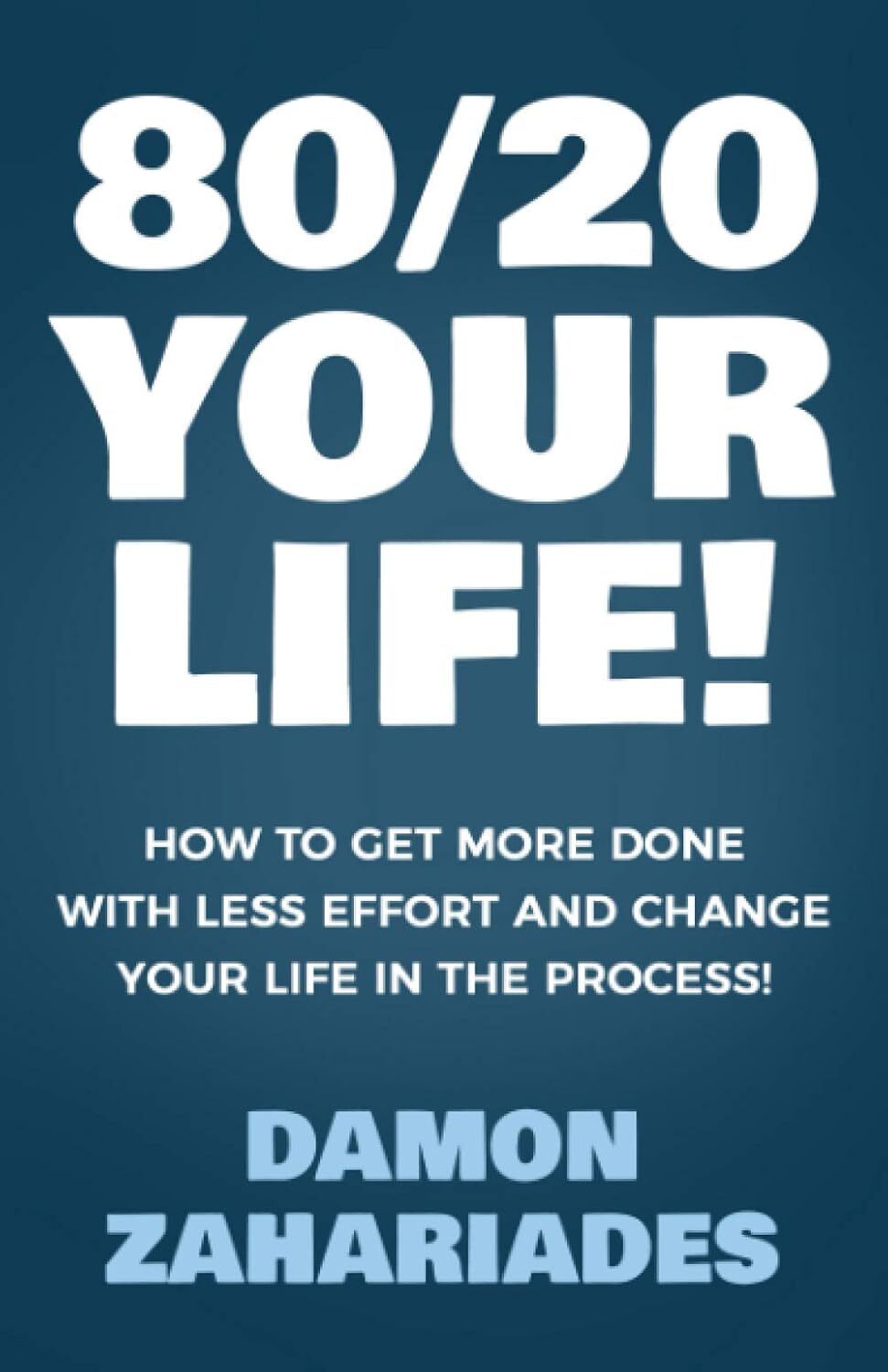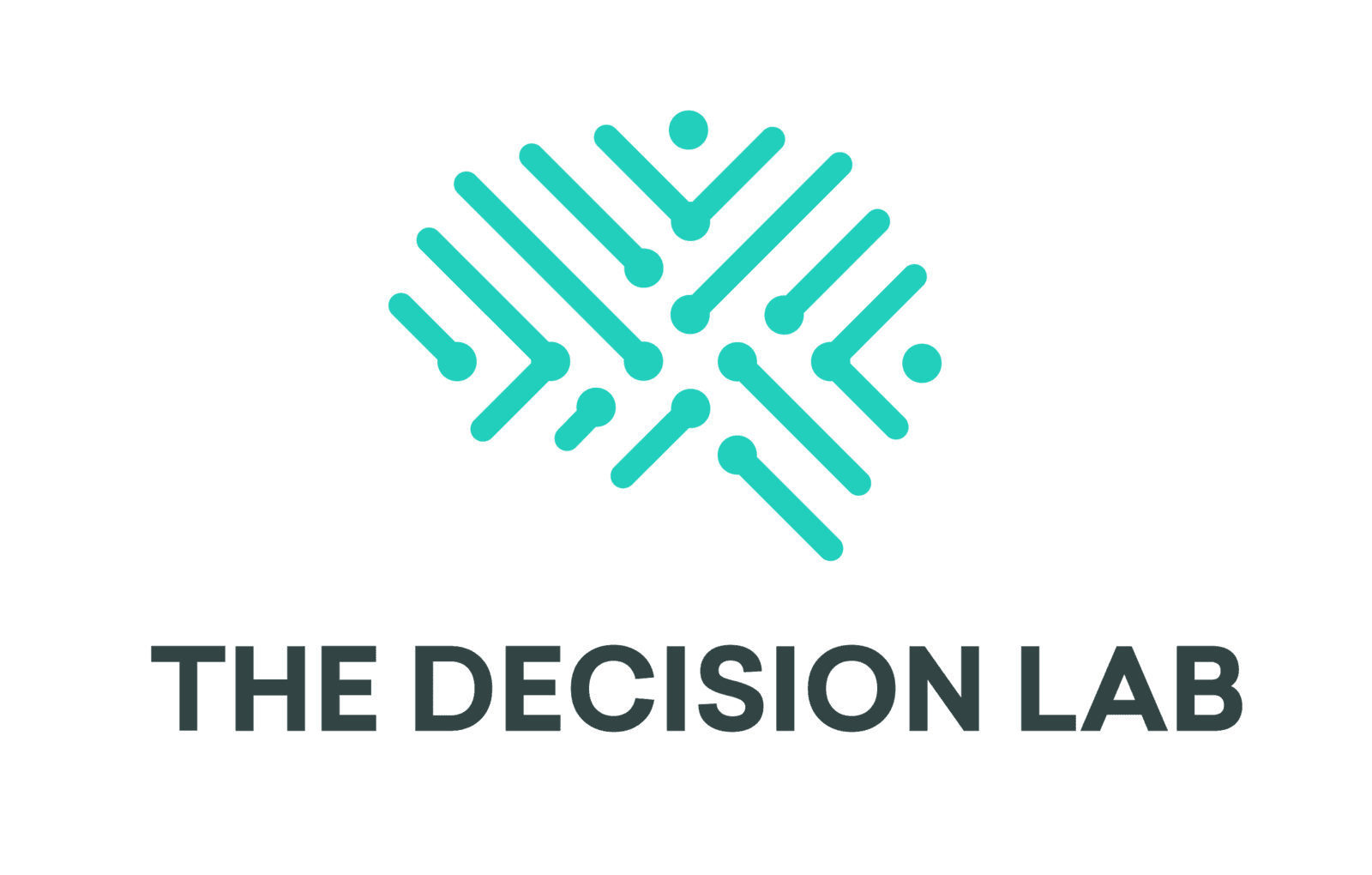80/20 Rule
Achieve More in Recovery with High-Impact Choices

Introduction
The 80/20 Rule, also known as the Pareto Principle, states that roughly 80% of results come from 20% of efforts. For cancer survivors, this tool helps prioritize high-impact activities in recovery to achieve greater well-being with less strain across all stages of survivorship.
What You Need To Know
How To Do It
Instructions:
1. Prepare Your Tools
Use a notebook, spreadsheet, or digital app, to list tasks. Allocate 10–15 minutes to analyze your routine.
Helpful Tips:
- Start small: Analyze one recovery area (e.g., self-care) initially.
- Be realistic: Adjust based on energy fluctuations in recovery.
- Use symbols: Mark high-impact tasks (*) for quick reference.
- Stay flexible: Reassess weekly as recovery evolves.
- Combine with tools: Integrate with task lists and calendars.
- Track progress: Journal impact changes over time.
- Consult professionals: Align priorities with medical advice.
- Celebrate efficiency: Note time saved for rest or enjoyment.
- Be consistent: Apply daily for deeper benefits.
Related Topics:
Strongly Related
Reduce Stress:
[Links to related web pages]
[Links to related web pages]
[Links to related web pages][Links to related web pages]
Moderately Related
Issue B:
[Links to related web pages]
[Links to related web pages]












